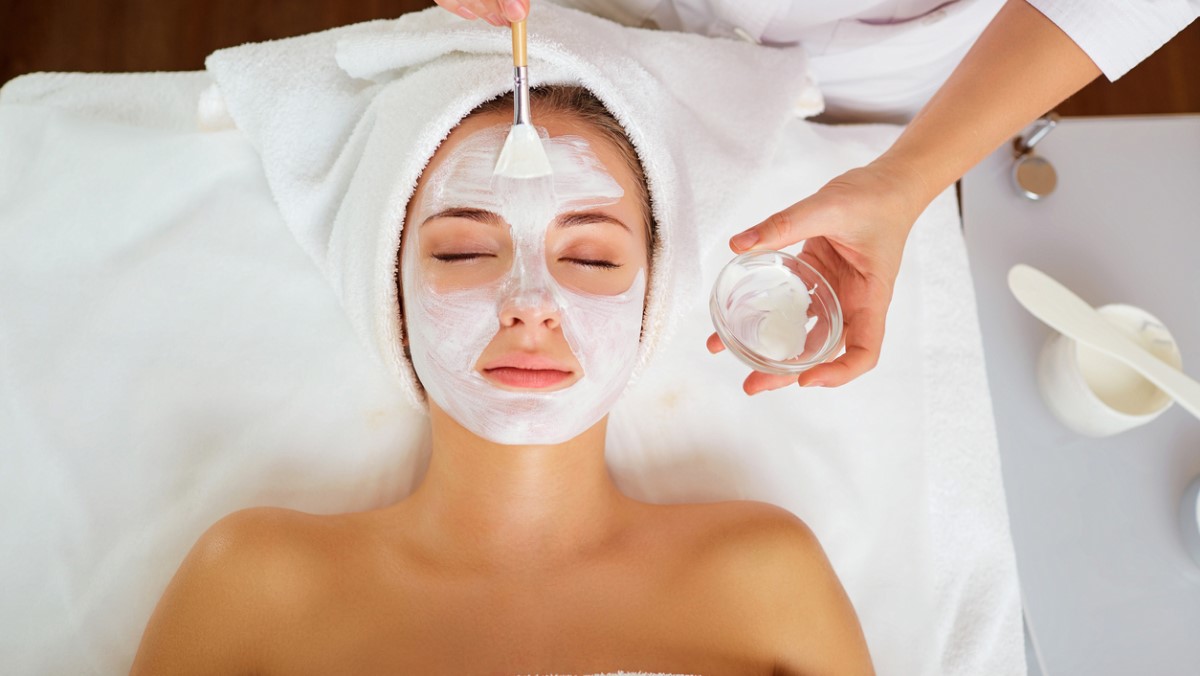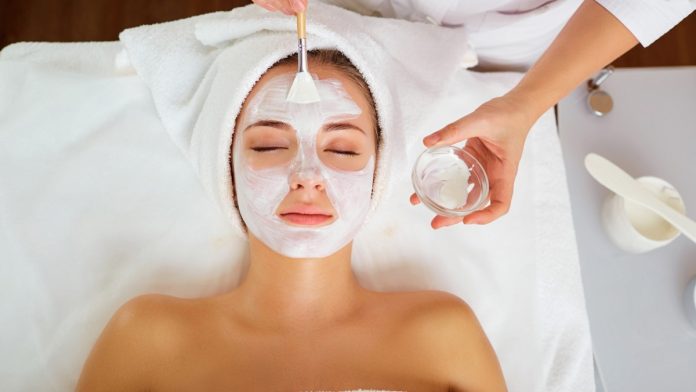
[ad_1]
Wellness is huge enterprise and there’s no doubt that there’s development. However are wellness and wellness tourism now going through comparable challenges to the medical tourism sector round therapies and ethics? Keith Pollard, IMTJ editor in chief, thinks so.
In earlier articles on IMTJ, we’ve mentioned the hype that has surrounded the event of the medical tourism sector and the way this has led to exaggerated expectations of development, disappointment for trade traders and a media backlash when “medical tourism goes unsuitable”. So, is the quick rising wellness and wellness tourism enterprise going through comparable challenges?
There’s little question that wellness is huge enterprise. As with medical tourism. There are extravagant claims about total market dimension: the Global Wellness Institute (GWI) claims it was price US$4.4 trillion in 2020 and can develop to US$7.0 trillion in 2025; McKinsey estimate the worldwide wellness market at greater than US$1.5 trillion, with annual development of 5 to 10%. The fact is that nobody actually is aware of how huge it’s. There may be confusion over terminology, phrases, and the way you may measure trade dimension.
Relating to the wellness tourism sector, we see the identical confusion and vary of trade estimates. Grand View Research valued the worldwide wellness tourism market at US$451 billion in 2021 and anticipate it to develop at a US9.93% from 2022 to 2030. Allied Market Research reckon it was price US$801.6 billion in 2020 and is projected to succeed in US$1,593 billion by 2030, with a development of seven.2% from 2021 to 2030.
There’s little question that there’s development. There’s been a increase in wellness therapies. Therapies equivalent to acupuncture, Ayurveda, Reiki, aromatherapy have been round for a few years. Extra not too long ago, we have seen a plethora of approaches to sustaining well being and wellbeing. Listed here are just some: crystal remedy, superfood sprays, breath-work periods, IV vitamin drips, heavy metallic detox, ayahuasca, bee sting remedy, important oils, ice chambers, and hyperbaric oxygen remedy. I might go on. Many of those untried and untested therapies have been pushed by the wellness “influencers” on social media, equivalent to:
- Davinia Taylor, an English cleaning soap actress who credited “biohacking” along with her psychological and bodily transformation.
- Jessica Ainscough, the Australian “wellness warrior, who shunned typical therapies and tried to treatment her most cancers by way of Gerson remedy. She died, aged 30.
- And naturally, Gwyneth Paltrow who has promoted her “Goop” therapies throughout the globe.
The media backlash
Alongside the increase in therapies and market development, we are actually seeing a backlash. The NHS England chief government has slammed Paltrow’s “Goop” remedies saying that her method poses a “appreciable well being threat” to the general public. Determined Lengthy Covid sufferers are turning to “miracle cures”.
An article within the UK’s Each day Telegraph final week, “Why we are spending £1.26trillion in a bid to feel better?” highlighted lots of the issues:
- “The advantages of many of those therapies nonetheless exist solely within the realms of the theoretical… the science is imprecise.”
- “Wellness is crying out for some sort of regulatory framework. Anybody can share well being recommendation, irrespective of how ill-qualified or doubtful their motives.”
Medical wellness – bridging the hole
So, how can the wellness enterprise and wellness tourism, specifically, counter these issues about therapies and ethics and guarantee the long run way forward for the sector? Maybe the approaching collectively of wellness and medical drugs might provide the long run answer by way of “medical wellness”. Alongside the multitude of spa and wellness locations, we’re seeing the expansion of medical wellness resorts that supply extra than simply the feelgood issue and are clinically pushed. Listed here are some examples:
- Vivamayr, in Austria, presents “day by day medical supervision”, “the mixture of conventional diagnostics and remedy and trendy complementary drugs” and “medical competence and an holistic method”
- The Chenot Palace Weggis, in Switzerland, presents “Science Behind Wellness”, “state-of-the-art diagnostics and cutting-edge medical screening assessments” and a “research-driven method to the diagnostics.”
- Pritikin Longevity Centre, within the USA, promotes “a physician-led crew of wellness professionals”, “sustainable weight reduction and therapeutic of life-style ailments that’s scientifically-proven”
These three services display how wellness might bridge the credibility hole by delivering wellness programmes which can be clinically led and analysis primarily based. They show that wellness therapies and medical drugs can work collectively efficiently to ship what their shoppers are searching for – in the end, to dwell longer and to dwell more healthy. On this planet of wellness, if one thing sounds too good to be true, it most likely is.
[ad_2]
Source link









